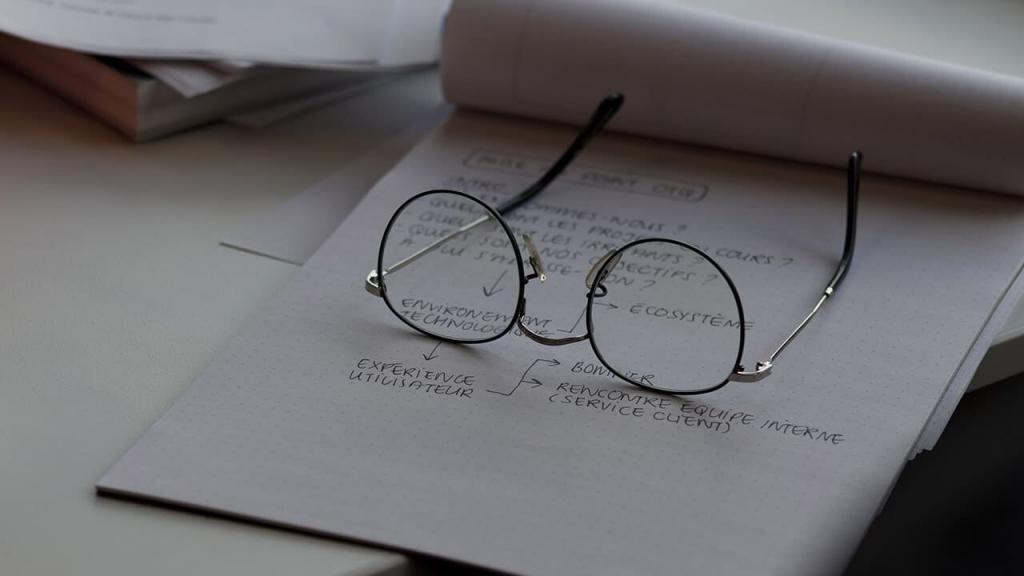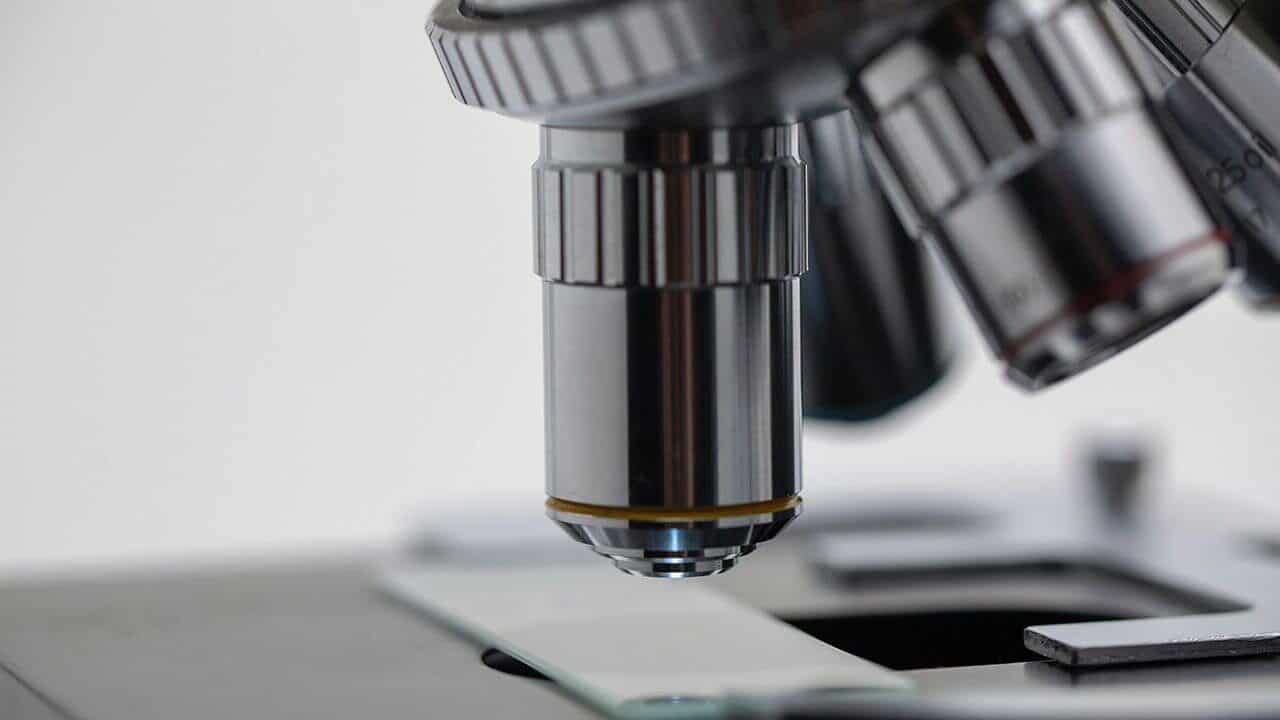Over the years, forensic science has taken an important role in the process of adducing evidence before the court of law. Bell (2004) defined forensic science as “the application of the techniques of science to legal matters, both criminal and civil.” The method of garnering evidence during a criminal investigation is very vital to the extent to which justice will be meted out by the court. There are a variety of techniques for obtaining reliable evidence in each instance. It may be done via physical connotations and scientific testing, which is what forensic science is all about.
Ghel(2017) in his book, “Introduction to Criminal Investigation: The Processes, Practices, and Thinking” describes criminal investigation as both “a task process and a thinking process.” He further explained the importance of evidence in criminal investigations. According to him, evidence can be delineated from “the observations of witnesses to the examination and analysis of physical objects as well as spatial relationships between people, places, and objects within the timeline of events.”
Scientific testing in criminal investigation is trusted over guesswork and mere physical evidence. With the use of the evidence derived from a crime scene independently, a portion of facts about the case may not be brought to light. Baker (1993) in his journal “The Scientific Detection of Crime”, published in the Minnesota Law Review, talked about the importance of both physical deduction of evidence and also the importance of scientific data. He stated that “guesswork in dealing with suspects in most cases should be supplemented by deductions to be drawn from scientific data.”
The use of mere speculation in criminal investigation is grossly ineffective. Such a method of criminal investigation ushers in a high level of injustice in society. However, with the use of scientific testing in criminal investigation, a better view of the case at hand will be achieved because science uses tested and trusted principles to reach logical conclusions.
Osterburg (1981) in his article “Scientific Method and Criminal Investigation” published in the Journal of Police Science and Administration, explained the steps used in scientific tests which makes it an indispensable tool in criminal investigations. He stated that “there are five main steps involved in the scientific method: stating the problem, forming the hypothesis, collecting the data by observing and experimenting, interpreting these data and drawing conclusions.” Peterson(2010) analyzed the various kinds of crimes and the use of scientific methods in solving them. He claims that it is important to use forensics and tangible evidence in solving criminal cases to reach the truth of a case.

In conclusion, scientific testing in criminal investigations cannot be overemphasized. Scientific analysis can be used in determining DNA, identifying victims of crimes when the body is left unrecognizable, detecting and identifying the use of controlled substances, identification of patterns of injury in victims, and much more. Therefore, tangible evidence must be merged with forensic testing by a certified practitioner to ensure justice is carried out in a court of law.






